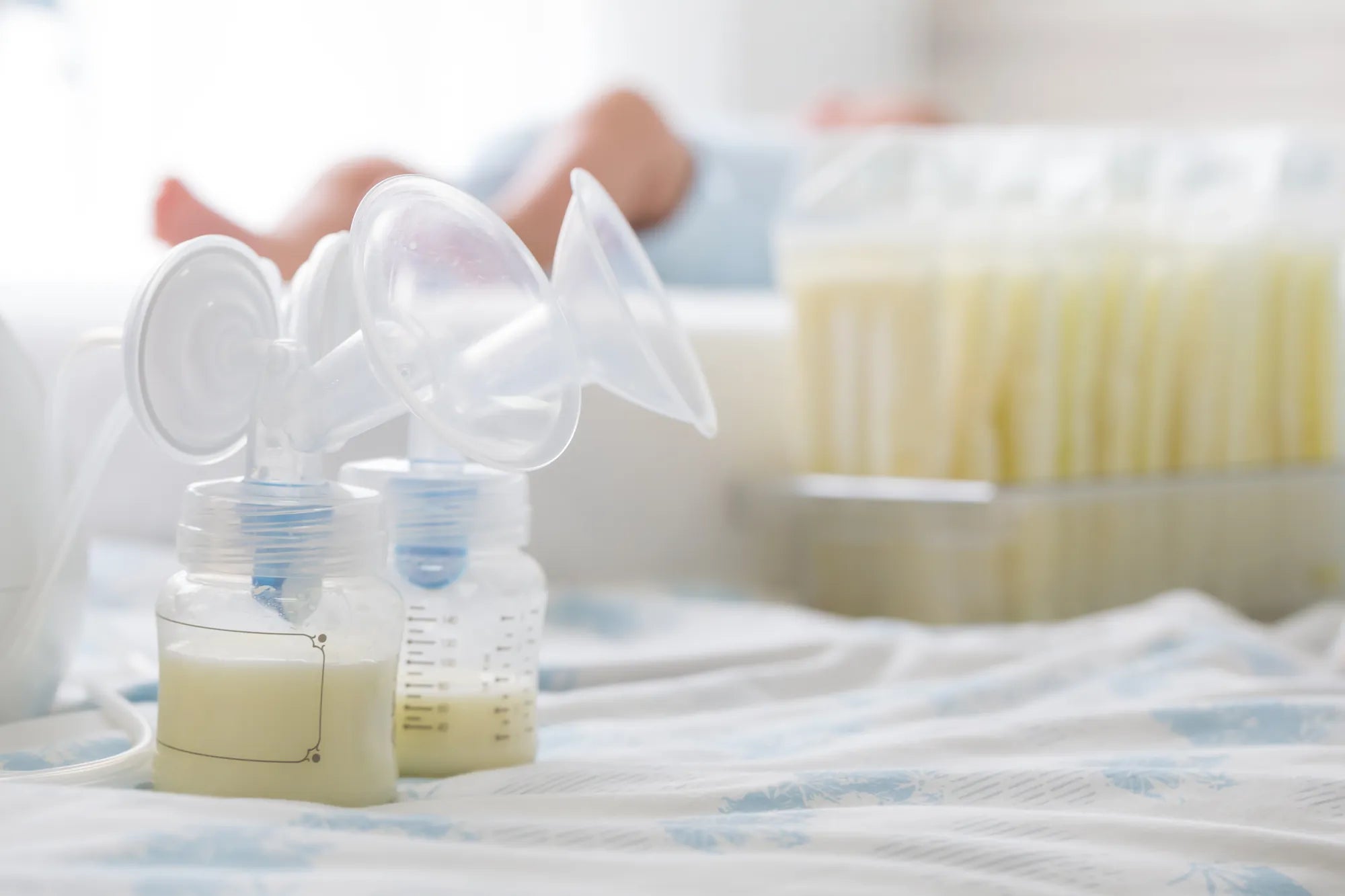Accueil
Pregnancy, Breastfeeding, and Pumping: The Ultimate Guide for Moms
Can I Mix My Breast Milk from Different Pumping Sessions?

Can I Mix My Breast Milk from Different Pumping Sessions?
Breastfeeding mothers often wonder about the best ways to store and manage their pumped milk. One common question is, "Can I mix my breast milk from different pumping sessions?" The answer is yes, but there are important guidelines to follow to ensure the safety and quality of the milk. This article will delve into the details of mixing breast milk, addressing concerns, and providing practical tips for mothers.
Understanding Breast Milk Composition
Breast milk is a dynamic fluid that changes in composition based on various factors, including the time of day, the baby's age, and the mother's diet. These changes ensure that the baby receives the necessary nutrients at different stages of development. When considering mixing milk from different pumping sessions, it's essential to understand these variations and how they might affect the combined milk.
Safety Considerations
Mixing breast milk from different sessions is generally safe, provided that certain precautions are taken. The key is to ensure that all the milk being combined is at the same temperature. Mixing cold milk with freshly pumped warm milk can create an environment conducive to bacterial growth. To avoid this, cool the freshly pumped milk in the refrigerator before combining it with previously stored milk.
Storage Guidelines
Proper storage is crucial when mixing breast milk. Always use clean, sterilized containers to store the milk. Label the containers with the date and time of the earliest pumping session to keep track of freshness. Breast milk can be stored in the refrigerator for up to four days and in the freezer for up to six months. When combining milk, ensure that the oldest milk is used first to maintain its quality.
Benefits of Mixing Breast Milk
Mixing breast milk from different sessions can have several benefits. It allows mothers to create larger quantities of milk for feeding, reducing the need for multiple small bottles. This can be particularly useful for mothers who pump frequently but produce smaller amounts each time. Additionally, mixing milk can help balance the nutrient content, providing a more consistent feeding experience for the baby.
Potential Concerns
While mixing breast milk is generally safe, there are some potential concerns to be aware of. One issue is the variation in fat content between different pumping sessions. Breast milk fat can separate during storage, and mixing milk from different sessions may result in uneven fat distribution. To address this, gently swirl the milk before feeding to ensure a consistent fat content.
Best Practices for Mixing Breast Milk
To ensure the best results when mixing breast milk, follow these best practices:
- Always wash your hands and use clean, sterilized containers.
- Cool freshly pumped milk in the refrigerator before combining it with stored milk.
- Label containers with the date and time of the earliest pumping session.
- Use the oldest milk first to maintain freshness.
- Gently swirl the milk before feeding to ensure consistent fat distribution.
Addressing Common Myths
There are several myths surrounding the mixing of breast milk. One common misconception is that mixing milk from different sessions can dilute its nutritional value. In reality, breast milk is highly adaptable and designed to meet the baby's needs. As long as proper storage and handling practices are followed, mixing milk will not compromise its nutritional integrity.
Expert Recommendations
Experts generally agree that mixing breast milk from different sessions is safe and can be beneficial. However, they emphasize the importance of following proper storage and handling guidelines to ensure the milk's safety and quality. Consulting with a lactation consultant or healthcare provider can provide additional reassurance and personalized advice.
Practical Tips for Breastfeeding Mothers
For mothers who choose to mix their breast milk, here are some practical tips to make the process easier:
- Invest in a good quality breast pump and storage containers.
- Establish a consistent pumping schedule to maintain milk supply.
- Keep a log of pumping sessions to track milk production and storage.
- Use a cooler bag with ice packs when transporting pumped milk.
- Stay hydrated and maintain a healthy diet to support milk production.
Mixing breast milk from different pumping sessions can be a convenient and effective way to manage your milk supply. By following the guidelines and best practices outlined in this article, you can ensure that your baby receives the best possible nutrition. Remember, every mother's journey is unique, so don't hesitate to seek support and advice when needed. Your efforts in providing breast milk are a valuable gift to your baby's health and development.
Partager

